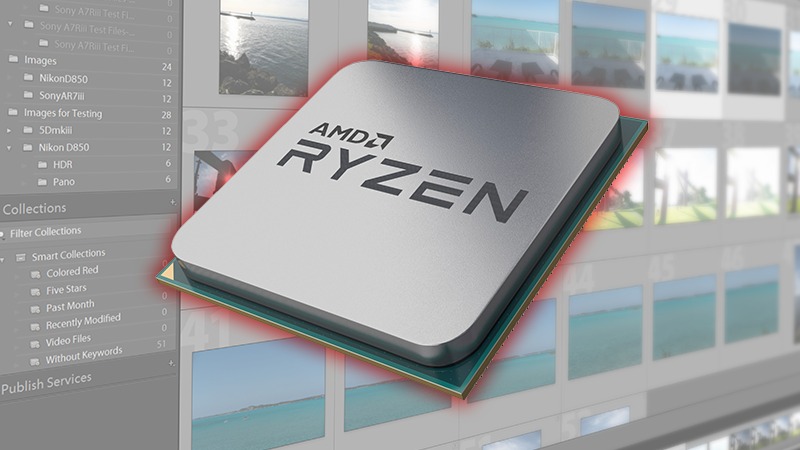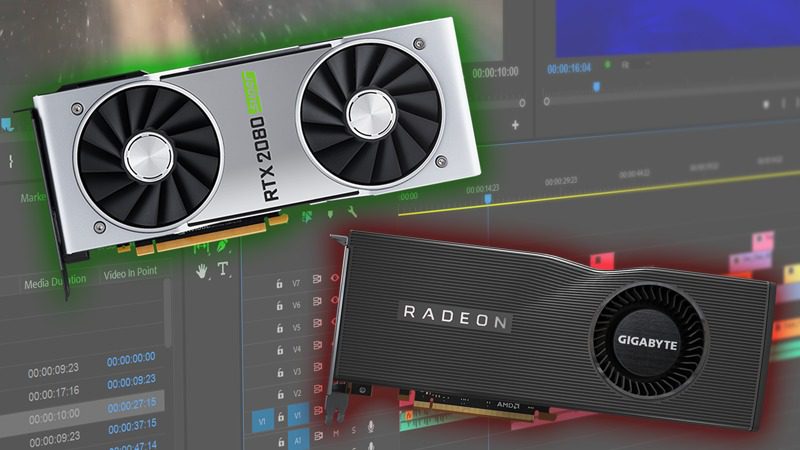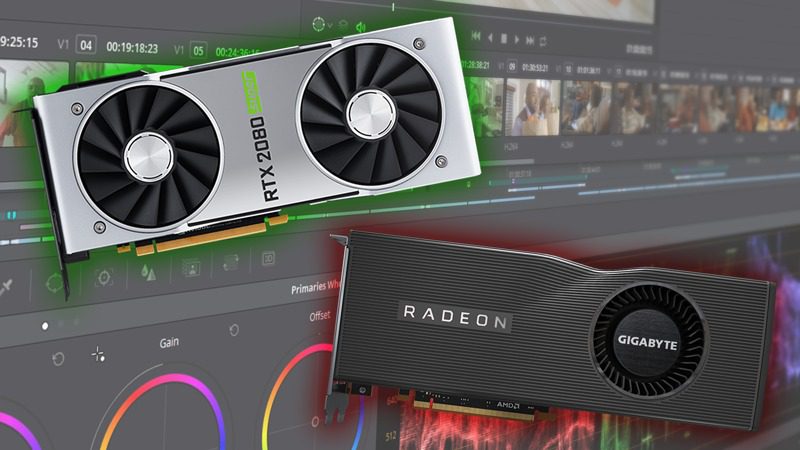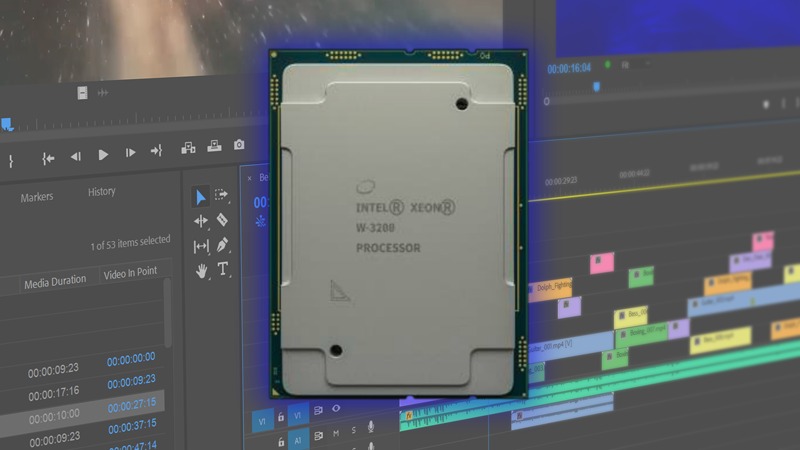Lightroom Classic has changed dramatically over the last few years, with improved multithreading support and the recent addition of GPU acceleration. But exactly how much of a difference is there between the latest processors from both Intel and AMD? Does the higher core count on the new Ryzen CPUs make a difference?













